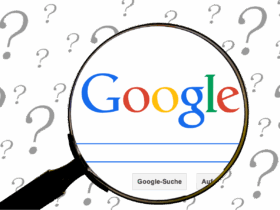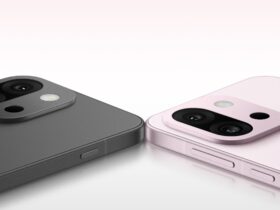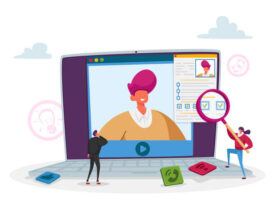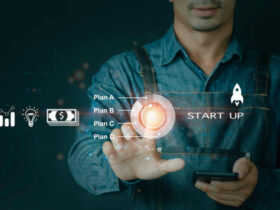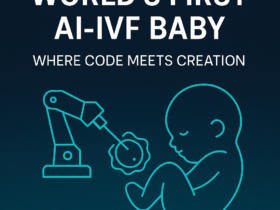In an era where artificial intelligence is rapidly reshaping creative industries, legendary animator and Studio Ghibli co-founder Hayao Miyazaki has made his stance clear—AI-generated images have no place in true artistry. Known for his deeply emotional, hand-drawn storytelling, Miyazaki has never shied away from voicing his thoughts. Moreover, his latest remarks reaffirm his unwavering commitment to traditional animation.
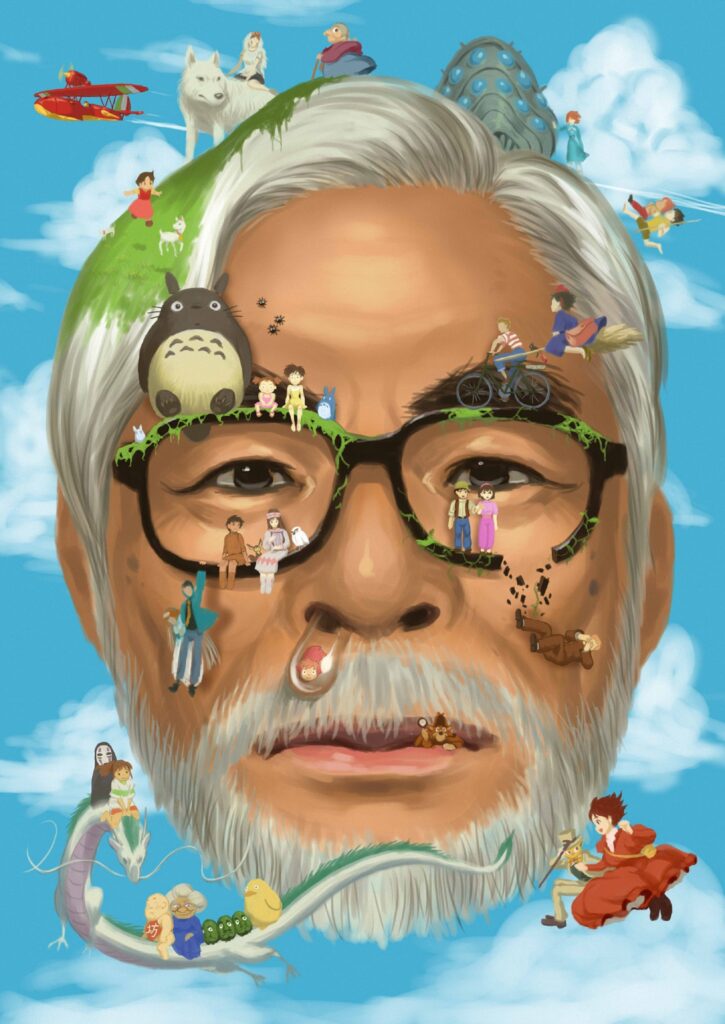
STOP The Ghibli Trend “an insult to life Itself’! by Co-Founder
The Ghibli Trend: Art or Artificial?
For decades, Studio Ghibli—co-founded by Hayao Miyazaki and Isao Takahata—has captivated audiences with its lush hand-drawn animation, immersive worlds, and deeply human stories. Furthermore, the studio’s distinct aesthetic—verdant landscapes, warm golden lighting, and a painterly, nostalgic quality—feels like stepping into a dream.
Recently, AI tools have attempted to replicate this signature style, allowing users to transform ordinary photos into Ghibli-inspired visuals. As a result, this trend has exploded across social media platforms like Instagram, TikTok, and Pinterest, where millions of users eagerly share AI-generated Ghibli-style artwork. But is this innovation, or mere imitation?
Miyazaki’s Unwavering Stance on AI Art
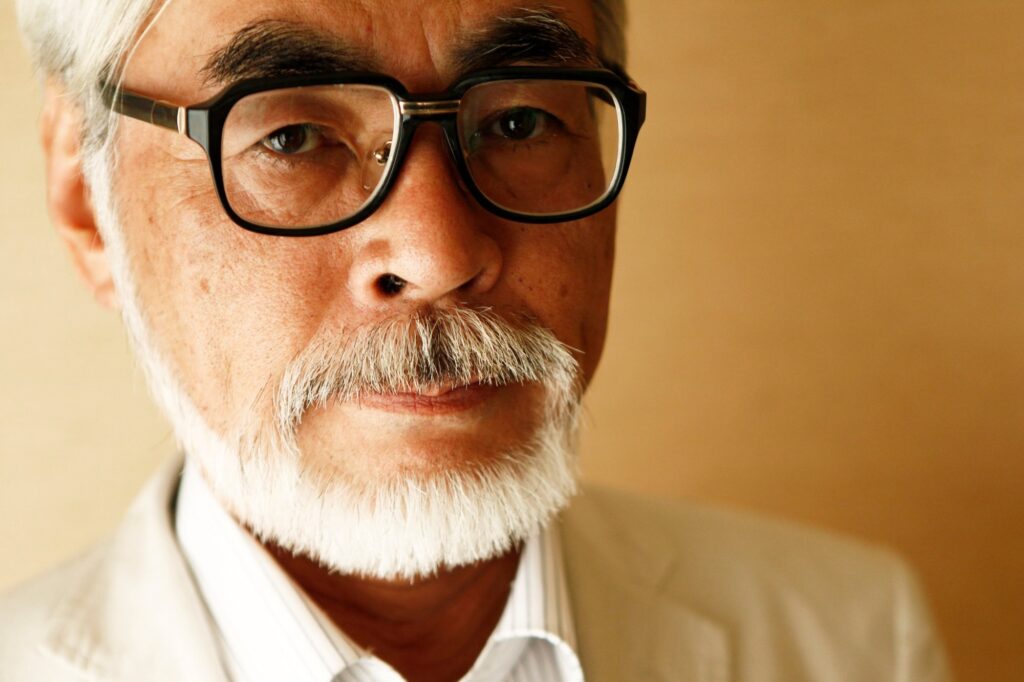
Miyazaki, the creative force behind masterpieces like Spirited Away, My Neighbor Totoro, and Princess Mononoke, has expressed his outright disdain for AI-generated art. In a widely circulated interview, he called AI-created visuals an “insult to life itself.”
Speaking to FarOut Magazine, Miyazaki did not hold back:
“I can’t watch this stuff and find it interesting. Whoever creates this stuff has no idea what pain is whatsoever. I am utterly disgusted. If you really want to make creepy stuff, you can go ahead and do it. I would never wish to incorporate this technology into my work at all.”
He further emphasized:
“I strongly feel that this is an insult to life itself.”
Miyazaki’s philosophy has always been rooted in the beauty of imperfection—the small details in hand-drawn frames, the personal touch of an artist’s brushstroke, and the raw emotions captured through traditional animation. Consequently, to him, AI-generated images strip away the soul of art, reducing it to mere algorithms and automation.
The Future of AI in Creativity
Despite Miyazaki’s strong opposition, AI-generated art is not going away. From filmmaking and gaming to advertising and digital content creation, AI’s influence continues to grow. While some artists embrace AI as a tool for efficiency and experimentation, others worry it could diminish the value of human craftsmanship.
The debate is clear: Can AI ever replicate the heart and soul of true artistic expression? Or does it threaten to replace the very essence of creativity?
Where Do You Stand?
Miyazaki’s words serve as a powerful reminder that while technology can assist, it should never replace the human touch that makes art truly meaningful.
What’s your take? Do you see AI-generated art as a helpful innovation or a threat to creativity? Let’s discuss!
Read More | Web 3.0 Internet Revolution: The Future of the Digital World
Read More | How to Become a Product Manager: A Complete Guide


